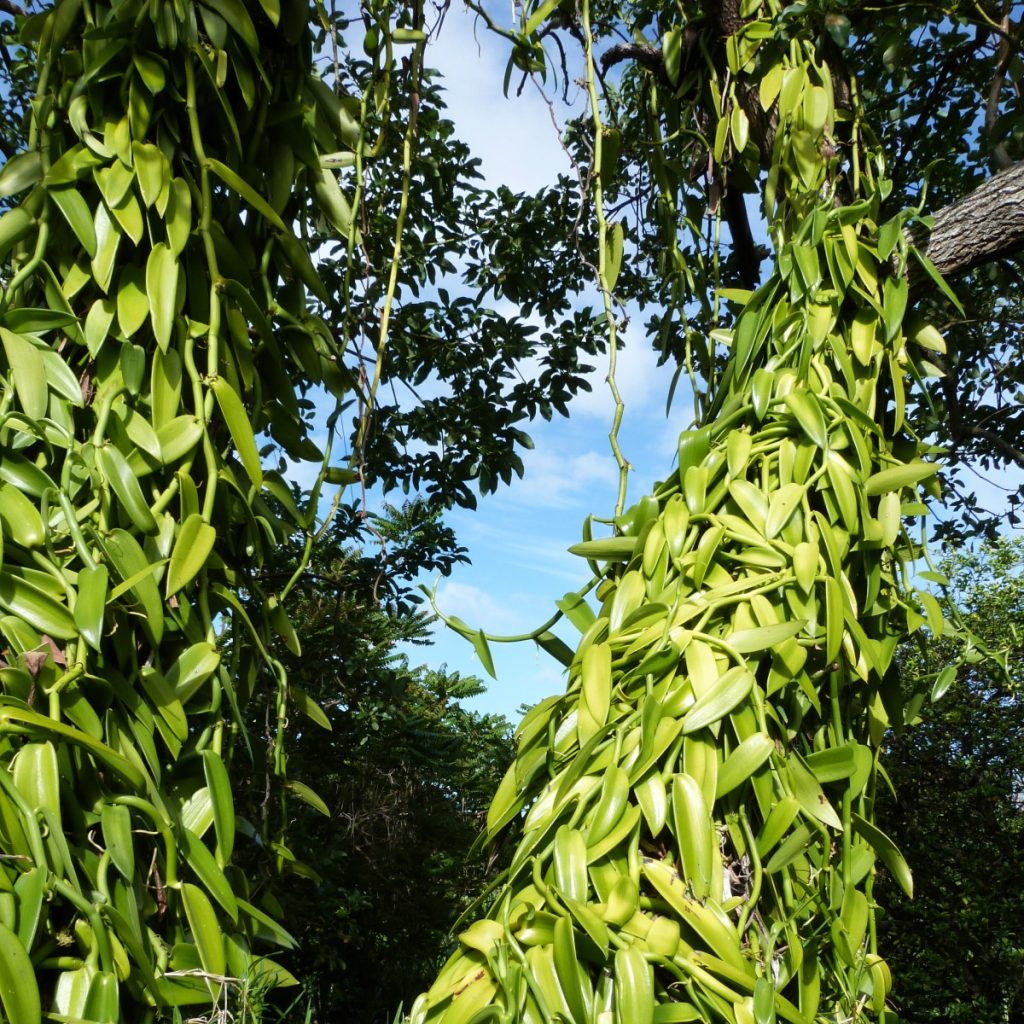Vanilla
Madagascar: A Unique Gem of Nature and Culture
Madagascar: A Unique Gem of Nature and Culture
Madagascar, often referred to as the “Red Island” due to the color of its soil, is an extraordinary island located in the Indian Ocean off the east coast of Africa. The fourth largest island in the world, it is renowned for its exceptional biodiversity and rich culture. With its diverse landscapes and unique wildlife, Madagascar is a fascinating destination for nature and history enthusiasts.
Exceptional Biodiversity
Madagascar is one of the richest countries in terms of biodiversity. Around 90% of its animal and plant species are endemic, meaning they cannot be found anywhere else in the world.
- Lemurs: These iconic primates, such as the sifaka and indri-indri, are symbols of the island. Madagascar is home to more than 100 species of lemurs.
- Flora: The island hosts unique plants such as majestic baobabs, which can live up to 1,000 years, and rare orchids.
- Reptiles: Madagascar is also famous for its colorful chameleons and spectacular geckos.
National Parks and Reserves
To protect its biodiversity, Madagascar has numerous national parks and nature reserves. Some must-visit sites include:
- Isalo National Park: Known for its unique rock formations, deep canyons, and natural pools.
- Ankarana Special Reserve: Famous for its “tsingy,” sharp limestone formations.
- Ranomafana National Park: A rainforest home to rare species like the golden bamboo lemur.
A Rich and Diverse Culture
Madagascar is also a cultural crossroads, with African, Asian, and European influences. The Malagasy people, primarily of Austronesian and Bantu descent, share a common language, Malagasy, and a variety of traditions.
Notable customs include:
- Famadihana: A ceremony known as the “turning of the bones,” where ancestors are exhumed, wrapped in fresh shrouds, and honored.
- Music and Dance: Traditional instruments like the *valiha* (a bamboo zither) accompany festive dances and polyphonic singing.
- Craftsmanship: Madagascar is famous for wood carvings, fine embroidery, and silver jewelry.
Environmental Challenges
Despite its natural wealth, Madagascar faces significant environmental challenges, including deforestation, climate change, and mining. Habitat loss threatens many unique species. However, conservation and awareness initiatives involving local communities are underway to protect this fragile ecosystem.
Tourism and Discoveries
Madagascar attracts a growing number of international visitors, drawn by its pristine beaches such as those of Nosy Be, historical sites like the Rova Palace in Antananarivo, and authentic experiences with local communities.
Whether for trekking, scuba diving, or simply relaxing, Madagascar offers an exceptional setting to explore or recharge.
Conclusion
Madagascar is a global treasure of biodiversity and culture. It is a land where nature and traditions intertwine to offer a unique and unforgettable experience. Despite facing challenges, the island continues to inspire awe and highlight the importance of preserving our planet for future generations.



Reading your post is like a journey through a picturesque landscape of thought – full of color, depth, and light! If you ever decide to publish a book, you’ll surely find a devoted audience waiting for it!